Directional Loudspeakers, a Tasteful Turntable and a Trip to Africa
November Lab Report
In which Toke Odin explains the acoustics behind his spatial compositions, Lars Kynde gives a peek under his Tasteful Turntable and Jens Peter Møller connects the dots between Bach, being and African Music.
Aural Illusions
Toke Odin is a creator not shy of taking things into his own hands. For his Halmlageret concert-installation he jumped into repurposing the rooms of a vacant building as resonant chambers of giant instrument. Toke set out to create a composition that took into account the length of time taken for sound to travel from one end of one of these large rooms to another. Depending on where one stood in the room the rhythms emanating from the various loudspeakers placed throughout the space would change. At a certain spot pulses might seem to occur almost at the same time while at the other end of the room those same pulses might form a lilting rhythm. A little like an optical illusion in which a figure or text1 comes into focus only when standing in a specific spot.

In contrast to pulses heard across the space others could only be heard at a specific point. For this Toke constructed his own highly directional loudspeakers and it was one of these that he gave us a close up look at in addition to a general explanation of the acoustics and technical set-up behind the piece.
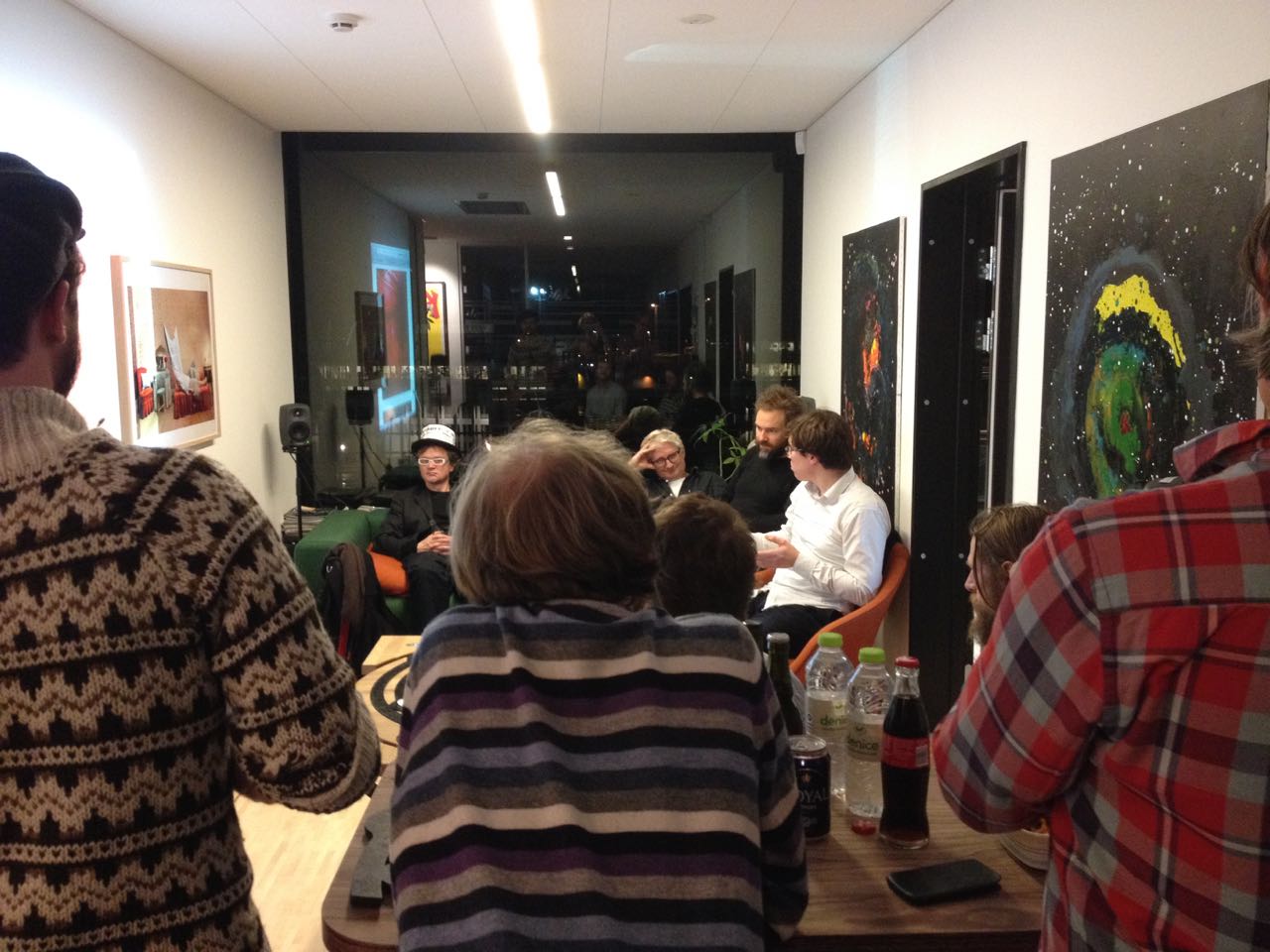
Tasteful Turntable
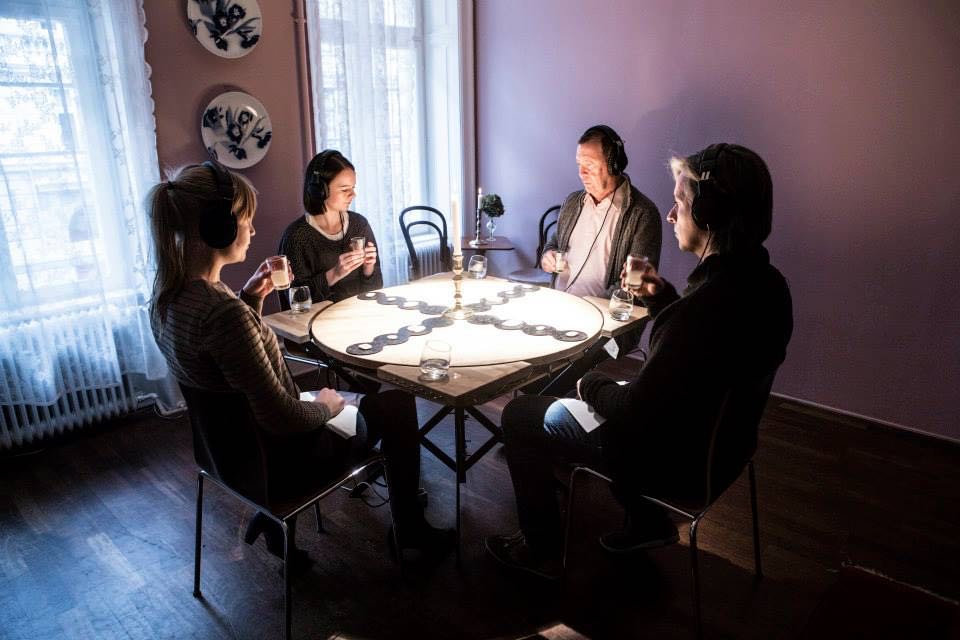
Lars Kynde filled us in on the seven years that it has taken to bring the Tasteful Turntable to its current level of refinement. Recently performed with great success in the intimate surroundings of the 1. th restaurant in Copenhagen2, the origins of the work were quite different. It started out as a project involving several composers, with the idea of using Wagamamma’s fancy loudspeakers for something more than the typical muzac that was played through them, something more related with the food that was being eaten. Since then the exploration of how the senses of taste and hearing might influence one another have led Lars and his brother Nikolaj Kynde through many iterations before the settling on the project’s current form.
Lars took us through that journey with the aid of photographs and diagrams documenting the various stages of development and opened discussion as to how it might develop in the future. Besides the insights offered by the brief tour of its history, he also provided a fascinating look at the mechanisms hidden underneath the table – the mechanical and electronic means by which the magic is worked.
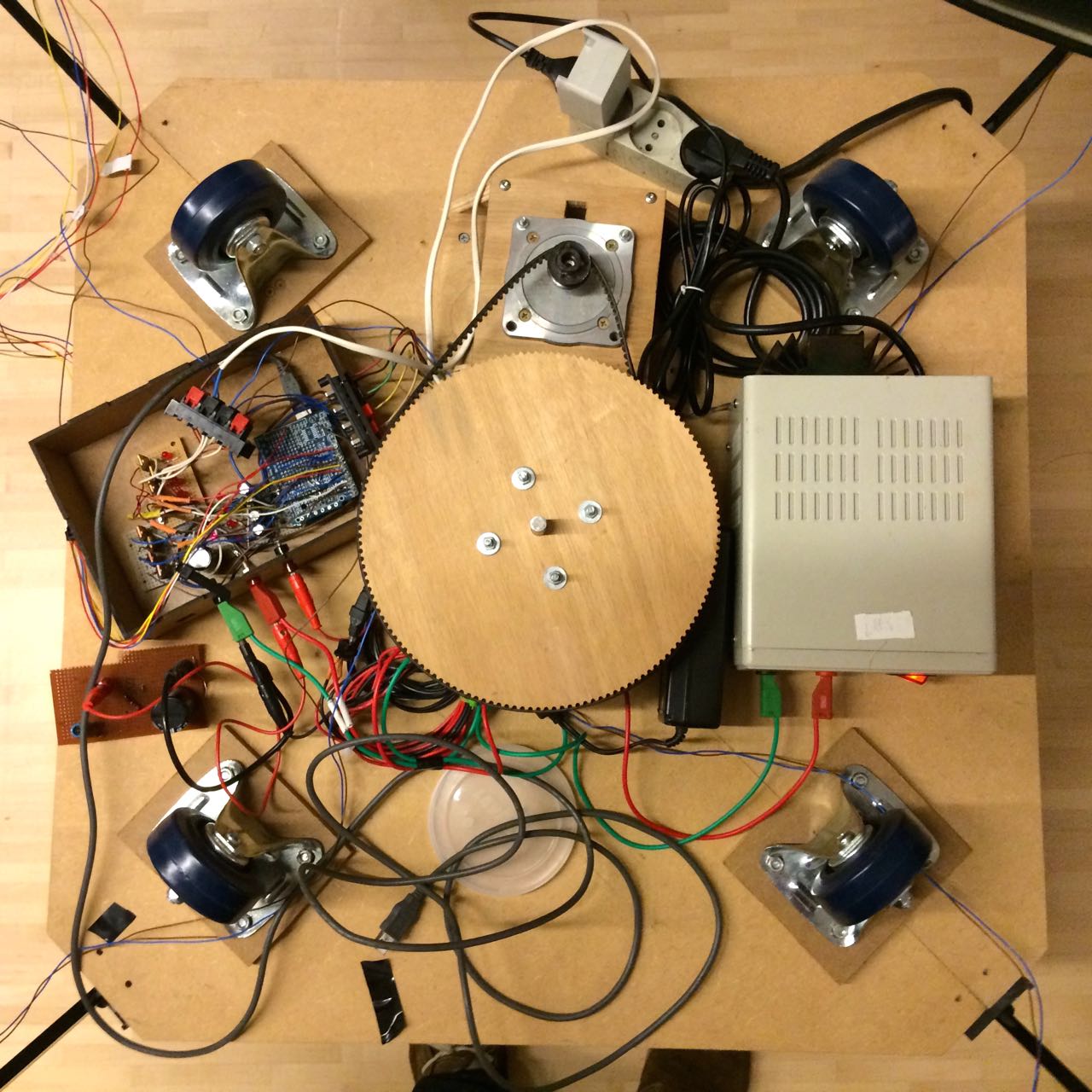
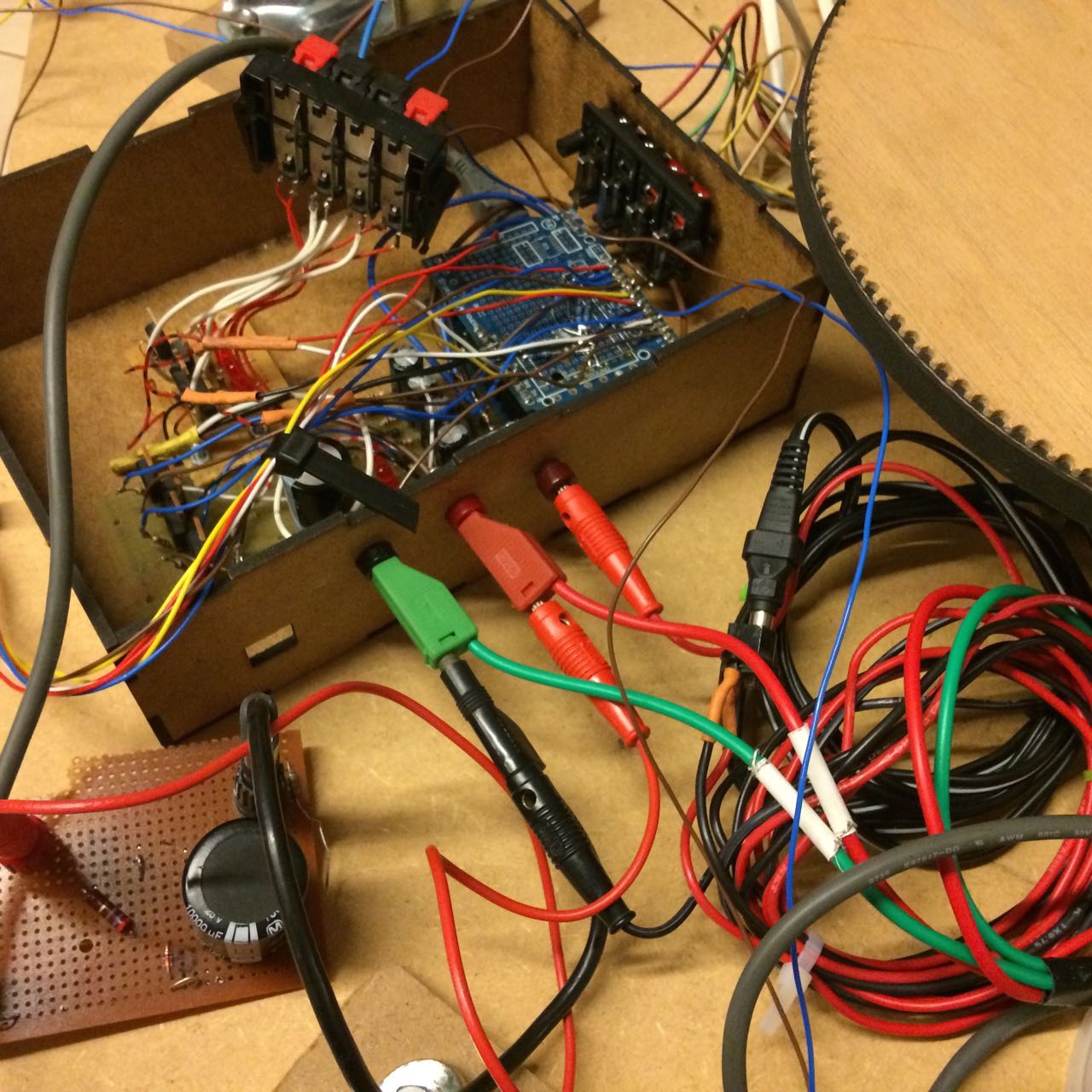
An African Excursion
Jens Peter Møller started thinking differently about how people relate to pulse and rhythm after travelling to Ghana where he both taught and studied music. His fascination with the way in which the rhythmical structures of African music can involve more than one downbeat got him analyzing some of the patterns he had learnt to play. As an outsider it was the only way to get to truly get a grip on them. And that got him thinking about structures in the fugues of J.S. Bach and parallels between these seemingly disparate musics.
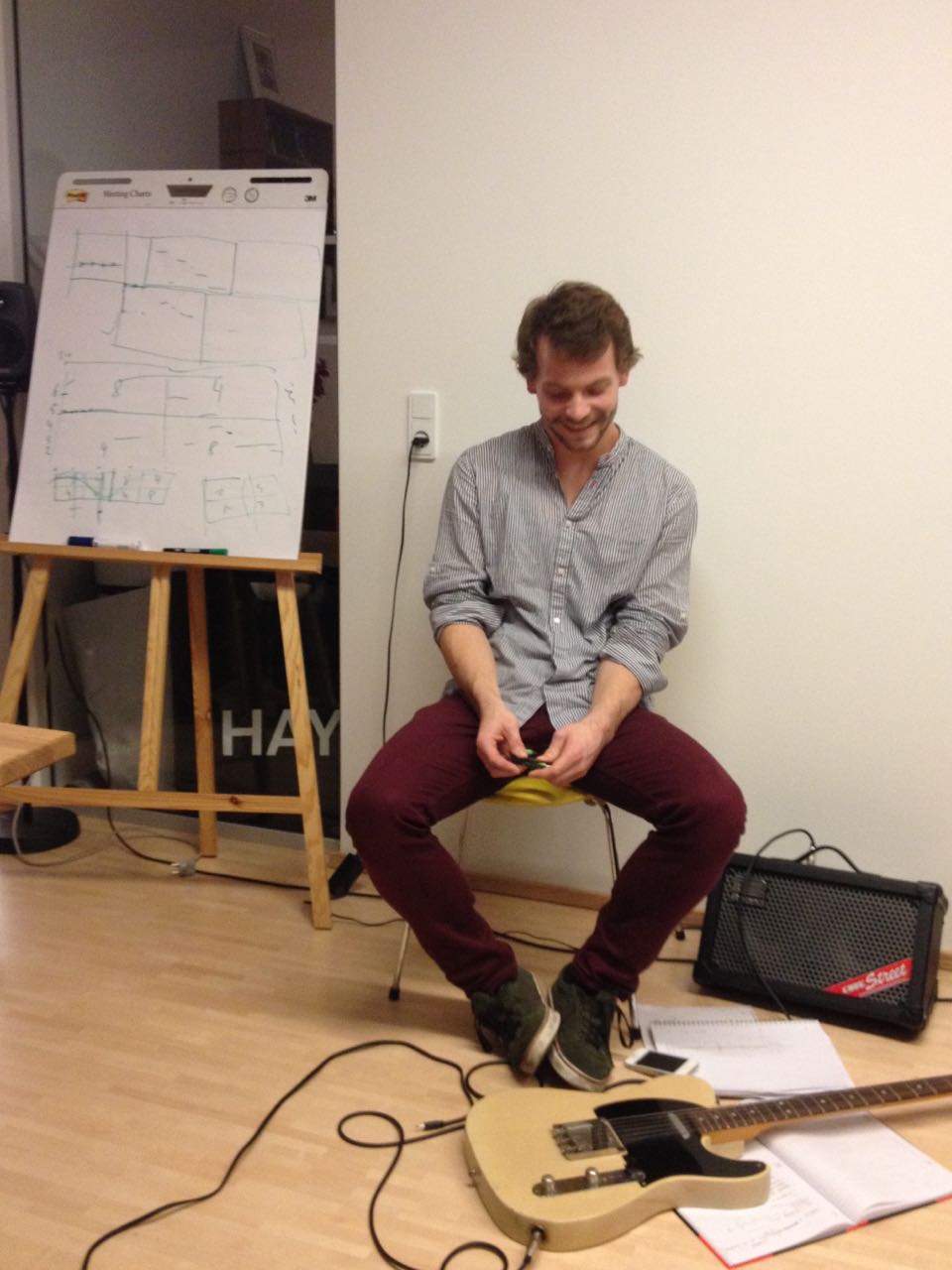
And yet, in spite of all the analyses he presented, it was the emphasis on being (rather than development) in the African music he had experienced that made a deep impression on Jens. Simply sitting with his African teacher and playing the same patterns for hours on end: entering a different state of mind as a result. Jens had his guitar along and demonstrated how the polyrhythmic patterns enable both performer and listener to shift focus and keep attention alive even though the music remains ‘the same’.
-
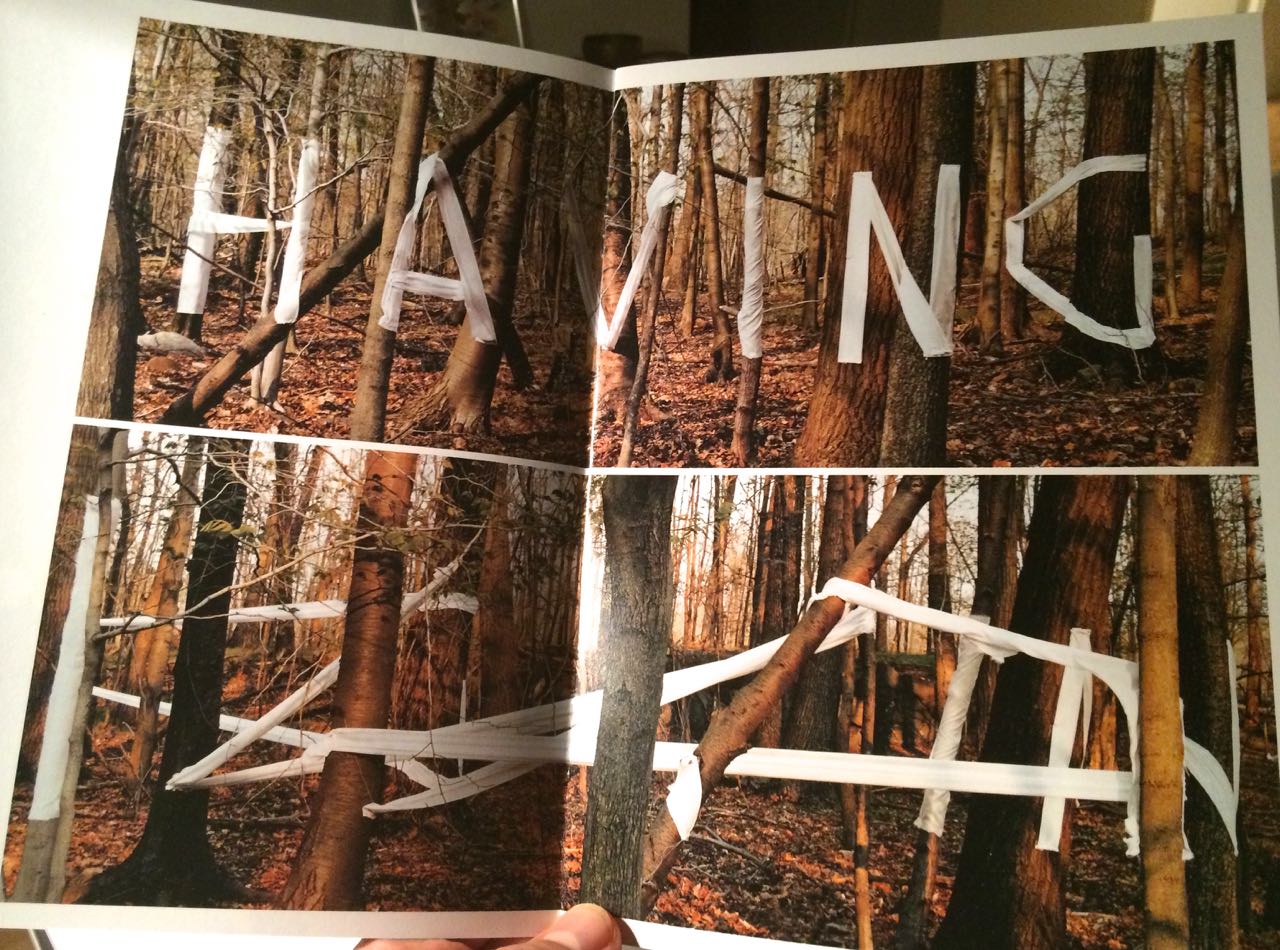
Spread from Stefan Sagmeister’s Things I have learned in my life so far -
Since only four audience members can partake at a time the work was performed an entire 21 times as part of the Wundergrund Festival. ↩
-
‘Why on earth are so many young composers throwing …
-
From apps to free improvisation to intricate …
